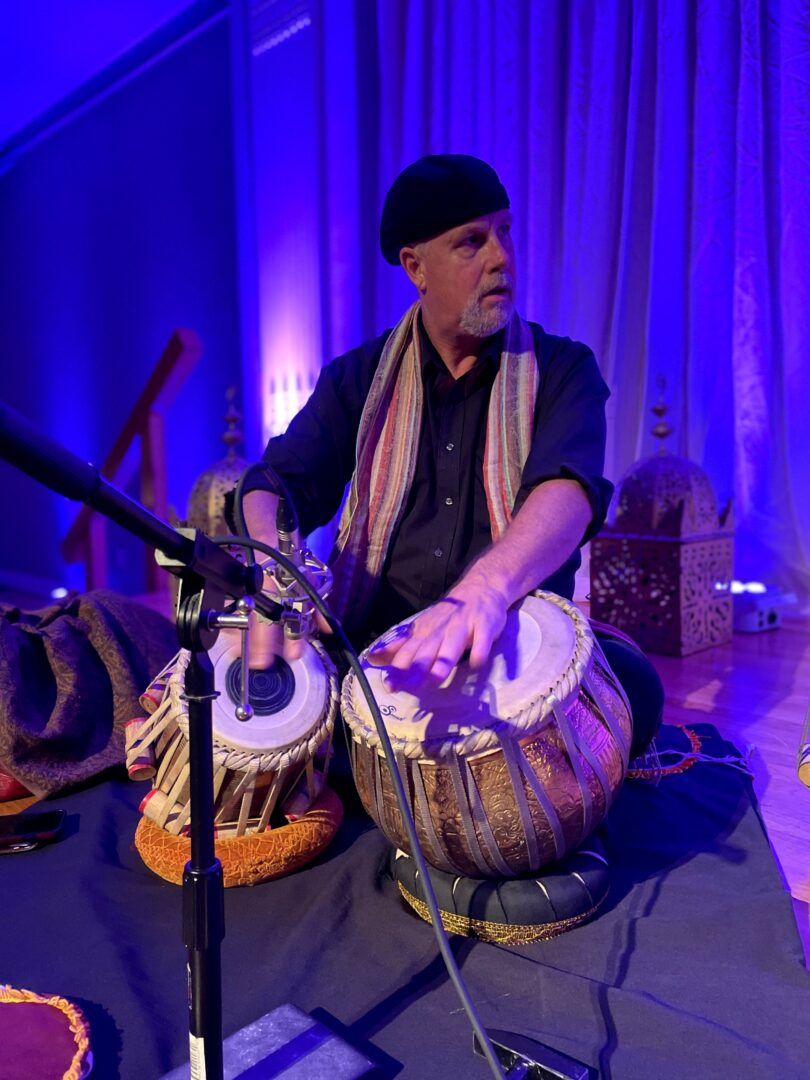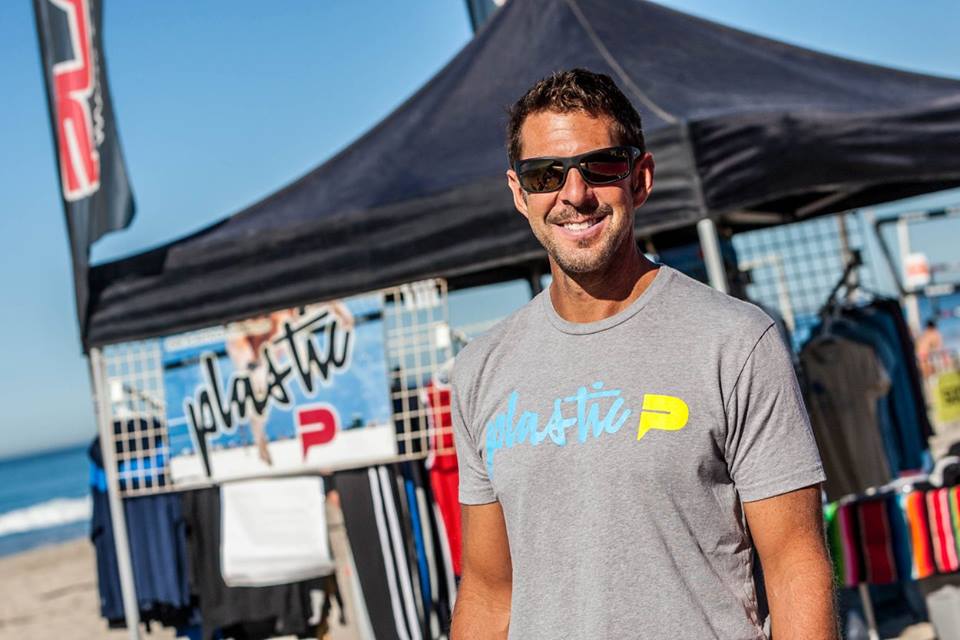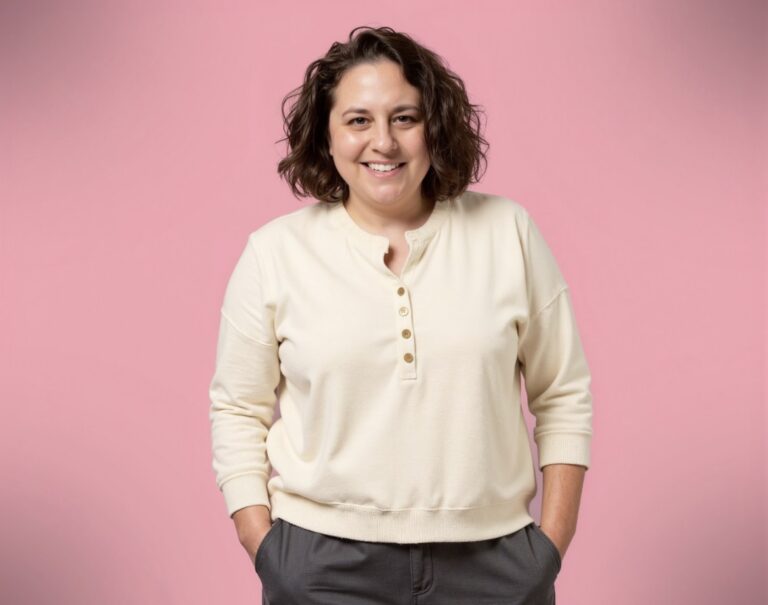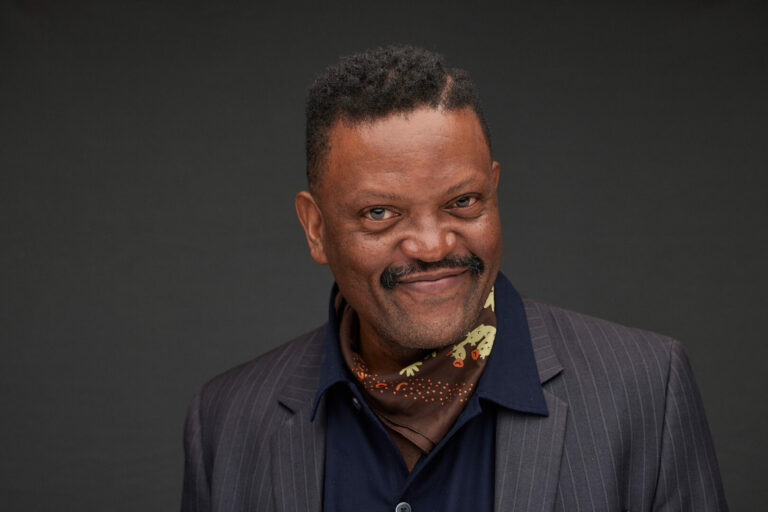Alright – so today we’ve got the honor of introducing you to Jim Feist. We think you’ll enjoy our conversation, we’ve shared it below.
Jim , thanks so much for taking the time to share your insights and lessons with us today. We’re particularly interested in hearing about how you became such a resilient person. Where do you get your resilience from?
Hmm, I think to a large degree resilience is honed throughout life experiences. Please allow me to outline a few here. My father was an ironworker his whole life, and I adored him and wanted to be like him. I wanted this so badly that even into high school, despite having other interests, I decided I would enter the ironworkers’ apprenticeship after graduation. Back in those days, ironwork was much less regulated and safety-oriented than it is today.
I recall my first day: climbing a very tall ladder to get to the upper steel structure of a warehouse we were building. I reached the top, peeked my head over, and was completely shocked to see five or six guys just walking around on very thin beams and bar joists. They were working—carrying stuff, welding, laughing, and singing. I couldn’t believe they were actually walking around in such danger, acting like they were just in an office. I had to do the same that day.
There was a moment when I had to decide whether to go back down and go home or get off the ladder and just do it. I chose to do it as I adored my father and wanted to make him proud. While the first few months were harrowing for my mental state, I eventually got used to the heights and had an 18-year career in ironwork. Going to work after someone falls to their death is not an easy thing to do. Like so many, I had to be resilient in this field because if you don’t work, you don’t eat.
The winters in Cincinnati can be rough. The summers can get very hot. We worked through all of it. All that heavy work started to take a toll on my body. I began having back issues that lasted for years until I finally ruptured two discs in my lower back. That was the end of my career as an ironworker.
My earliest musical memories were as a toddler in church, singing my heart out. I was fascinated by the old men around me singing, especially the ones who could harmonize like crazy. I started piano lessons at the age of 9 or 10 and eventually got a drum set around the age of 13. I remember the day I received them—earlier that day, I had my yearly ear doctor visit, where he would puncture both eardrums and insert tubes. This has happened every single year since I was five. It’s still ongoing to this date.
After the puncture, for over a month—until the eardrum accepts the tube—I can’t hear bass at all in either ear. It’s quite challenging to practice an instrument or enjoy music. Sometimes my ears fill with fluid, and the appointment to drain it could be a month away. I eventually bought hearing aids to use during those times, as I basically go deaf due to the fluid pressure.
After studying drum set for about five years, I got turned on to Indian tabla drums. These are the drums I’ve spent the last 35 years of my life studying and practicing intently. I remember being 20 years old and finding a pair of tabla in a music store catalog—overjoyed that I could finally get my hands on a pair.
Once I received them, another problem arose: you have to have a teacher. The art is an oral tradition, and the techniques are highly nuanced. Tabla being an Indian instrument—and this being the late ’80s—there weren’t many teachers in Cincinnati. So I hatched a plan. I grabbed the white pages phone book and remembered two Indian surnames: Patel and Shah. I went through those sections, calling number after number, asking, “Do you know anyone who plays tabla?”
After a couple hours, I got the number of an engineer at GE Aerospace. Ultimately, I studied with Naren Desai until he advised me to go to India to continue my studies.
At the age of 21 or 22, I set off for India. It felt like another planet for this ironworking Midwestern boy. I had weekly lessons with Ustad Alla Rakha and Vibhav Nageshkar. The lessons were challenging, as I didn’t speak any Hindi or Marathi at that point. Somehow, I learned and practiced deep into the nights for two months. I’ve been going to India since then and continuing my studies. I’ve spent over five years of my life there.
In 2003, I married a wonderful woman from Pune, India, in a traditional Hindu ceremony. To live as a Westerner in India, you need to be resilient. Marrying into an Indian family as a Westerner requires another level of resilience. The wedding alone lasted three days, in unbelievable heat, with people rushing around speaking languages I didn’t understand. Did I mention the heat ?
Sadly, in 2006, while we were there with our newborn son, my wife’s mother passed away. A whole set of rituals and customs are triggered after someone dies, none of which I had ever seen—let alone participated in. There are 13 days of mourning, filled with various ceremonies and obligations. I wanted to be there for my wife, but I also found myself struggling with many unfamiliar responsibilities and the uncomfortable feelings associated with them. We made it through the 13 days, and I was glad I could support her.
I studied tabla and worked as an ironworker side by side until 2001. After my back gave out, I focused entirely on tabla. I now teach many students, record, and perform. I am also a professor at the College-Conservatory of Music at the University of Cincinnati.
It’s physically challenging at times due to back issues and other joint problems from years of physically demanding labor—I averaged 2,200 hours a year for 18 years. Not to mention the yearly ear punctures. I even contacted the Guinness Book of World Records about them, as I’ve had over 100. They actually emailed back, saying they couldn’t include it because it’s a “medical condition.”
Still, I feel incredibly fortunate to only have these issues. In India, a lot of the physically demanding construction work is done by women—in sarees and sandals. I can’t tell you how much I respect these women. They live on the job site with their children and receive very little, if any respect from the middle and upper classes. They often haven’t finished high school, or even grade school—which is heavily looked down upon in India. (I barely graduated high school myself.)
I know what it’s like to use your body and sacrifice it just to eat. I made a decent wage and had things like jeans, work boots, and gloves. After work I had enough money to have a nice dinner somewhere and perhaps sit with businessmen and doctors while doing it. Not the case for these women. Not only do they not have proper tools and clothing suited for construction, they definitely aren’t heading to nice restaurants to eat and chat with professionals. They toil all day in the hot Indian sun while the world goes by, not even noticing them. I notice them—and I hold them in high regard and I think about them a lot. Especially while I am pushing my students during long practice sessions in the comfort of my home. . I learned a lot about resilience by observing these women.
I first went to India in 1990, in my early 20s. That trip changed my life forever. I am eternally grateful for India, and for its many amazing cultures and people.
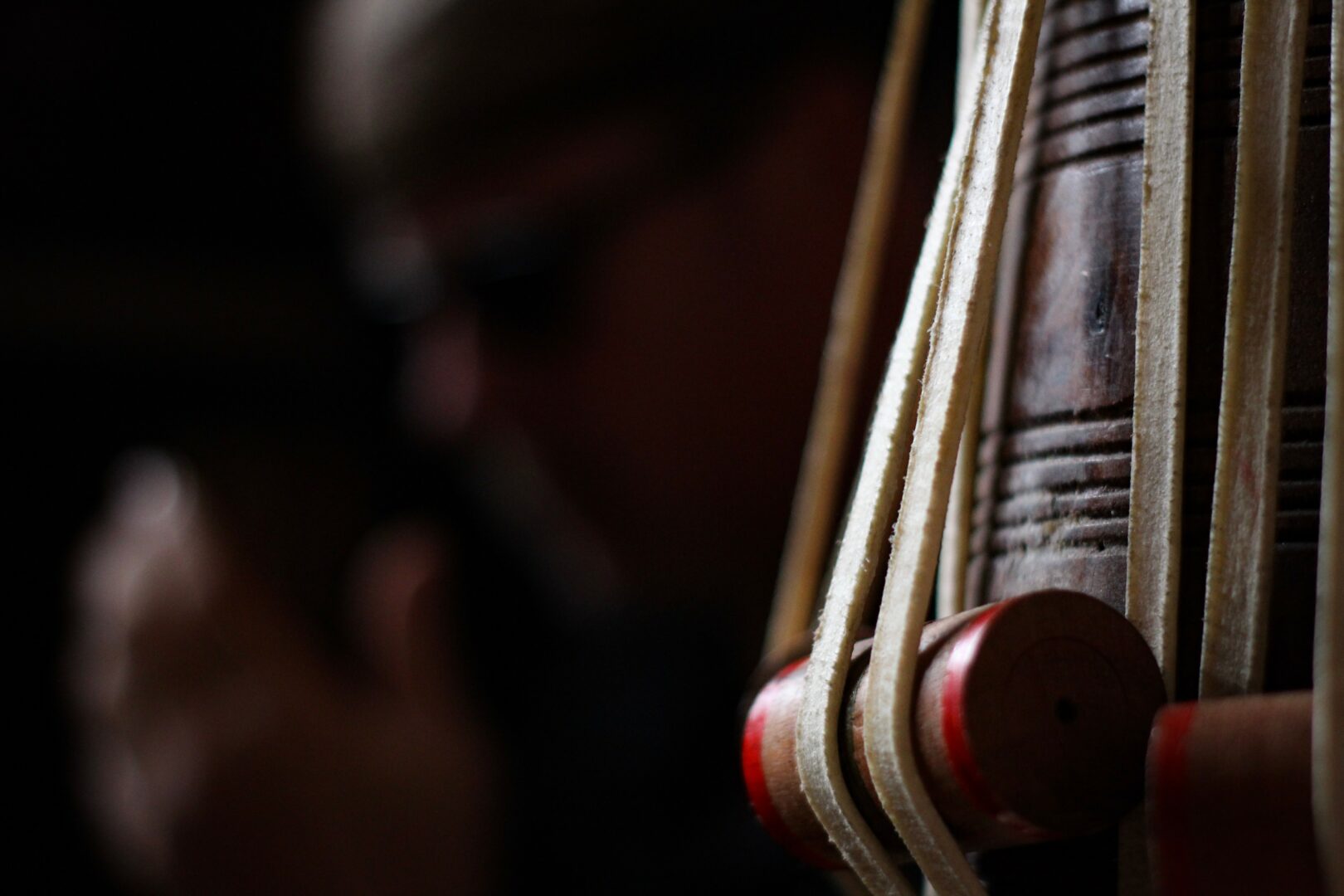
Great, so let’s take a few minutes and cover your story. What should folks know about you and what you do?
I teach the Indian drum set called the tabla—an incredible percussion instrument primarily used in North Indian classical music. The sounds that come from the tabla are astonishing, and the depth of artistry behind those sounds is even more mind-bending. The finger movements required to produce its various tones are unique to this instrument. I am focused on and passionate about passing on this tradition to young students and if they happen to be from the subcontinent (90 percent are) then I am merely passing on to them what is already theirs.
Becoming proficient demands countless hours of practice—even to produce the most basic beginner notes. There’s no instant gratification with tabla like there is with many other percussion instruments. Fortunately, I have a background in construction—just plain, hard work—and a mindset of “let’s stop talking and let’s work.” That mentality is essential for anyone looking to play this instrument at any level.
While I teach my students the art of tabla and its many compositional forms, what I really enjoy is holding riyaz (practice) sessions with them. Drawing again from my years of physical labor in the construction field, I guide them through multi-hour, non-stop practice sessions a couple of times a week.
The atmosphere of a room full of tabla students grinding it out together—playing in unison for hours—is intoxicating. We don’t talk. We play, letting the repetitive rhythm of the drums lock us into a different mental state. It’s a state that allows us to push through both physical discomfort and the seemingly monotonous nature of the exercise. At times it becomes a spiritual experience.This is my favorite thing to do full stop.
In addition to teaching, I also compose music for films and television. I perform with the Cincinnati Symphony Orchestra and the Cincinnati Chamber Orchestra when they need a tabla player. Throughout the year, I play many concerts, ranging from Indian classical accompaniment and tabla solos to performances with various fusion groups. I also really enjoy teaching at the Conservatory. Spreading the gospel of tabla to other musicians who know nothing about it is awesome. These musicians are pianists, violinists, etc etc. They are used to staff paper and written music. There is none of that in this art. We learn through sounds that we say that mimic the sounds of the instrument. We weave these sounds into beautiful abstract poetry.
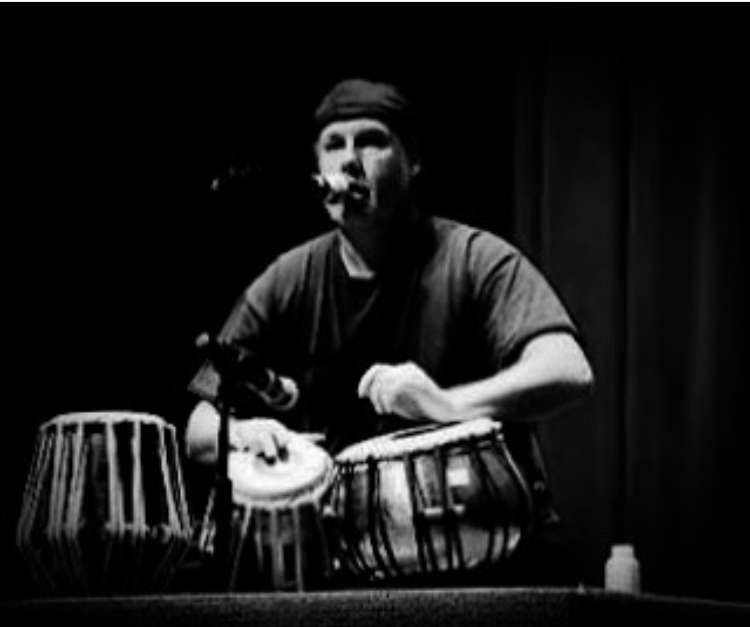
Looking back, what do you think were the three qualities, skills, or areas of knowledge that were most impactful in your journey? What advice do you have for folks who are early in their journey in terms of how they can best develop or improve on these?
Allow yourself to be uncomfortable.
In my own training, I’ve found that being unfamiliar with something often leads to feeling uncomfortable—and I thrive on that. Usually, at the end of that discomfort lies a breakthrough. Ending up in India early in my life is a perfect example. I was very uncomfortable and even contemplated leaving early. But I stuck it out—and in the end, I never wanted to leave.
Generally speaking if you trust your mentor or teacher, then just shut up.
Most, if not all, of your questions will be answered if you really listen. Questions can interrupt the teacher’s flow. A good mentor already knows every question you’re likely to have—and ten more you haven’t even thought of yet. They want you to listen, then think. It’s much more powerful to arrive at an answer on your own than to have it spoon-fed to you with by asking your seemingly clever questions.
Don’t be denied.
If you truly love something, you’ll sacrifice anything for it. If you truly love something then go get it. If you do, you’ll become a force to be reckoned with and will experience a kind of bliss that can’t be attained through anything else.
Focused practice.
Don’t noodle at anything you want to be good at. Sit down with an intent. Fulfill that intention in the time that you have made for that activity.
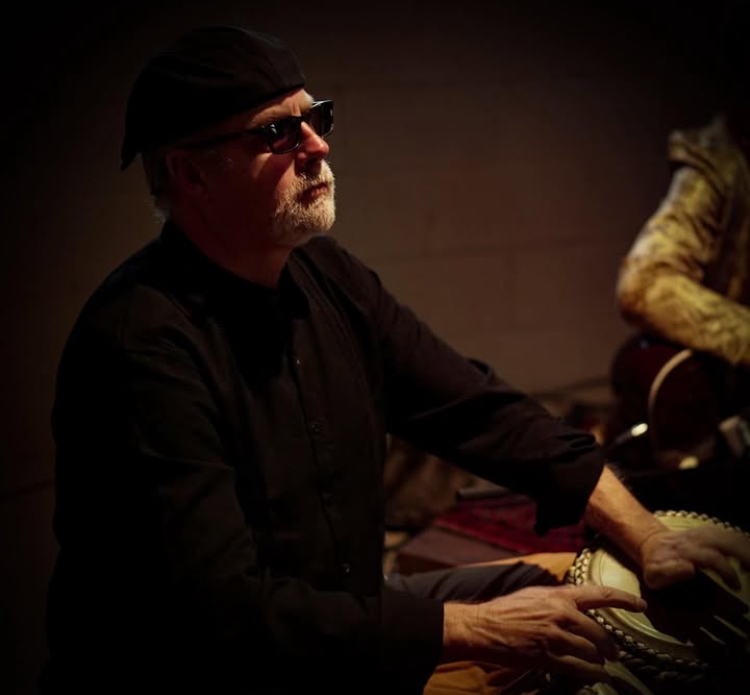
If you knew you only had a decade of life left, how would you spend that decade?
I would do what I have been doing my entire life. Wake up and take care of myself first. Bike, walk, whatever. You can’t be there for others when you aren’t there for yourself first.
Next I take care of my family. Students start arriving and now I take care of them. All of this is done in a comedic spirit and trying to make everyone around me loose and happy. If you can make someone laugh you literally take their minds off of whatever negative thing that may be happening in their lives at that moment. Comedy is the greatest gift mankind has been given and is such a beautiful thing. It literally has to be the answer to any sort of existential question.
Contact Info:
- Website: https://www.classicaltabla.com
- Instagram: von.feist
- Linkedin: Jim Feist
- Youtube: https://www.youtube.com/@jamesfeisttabla/featured
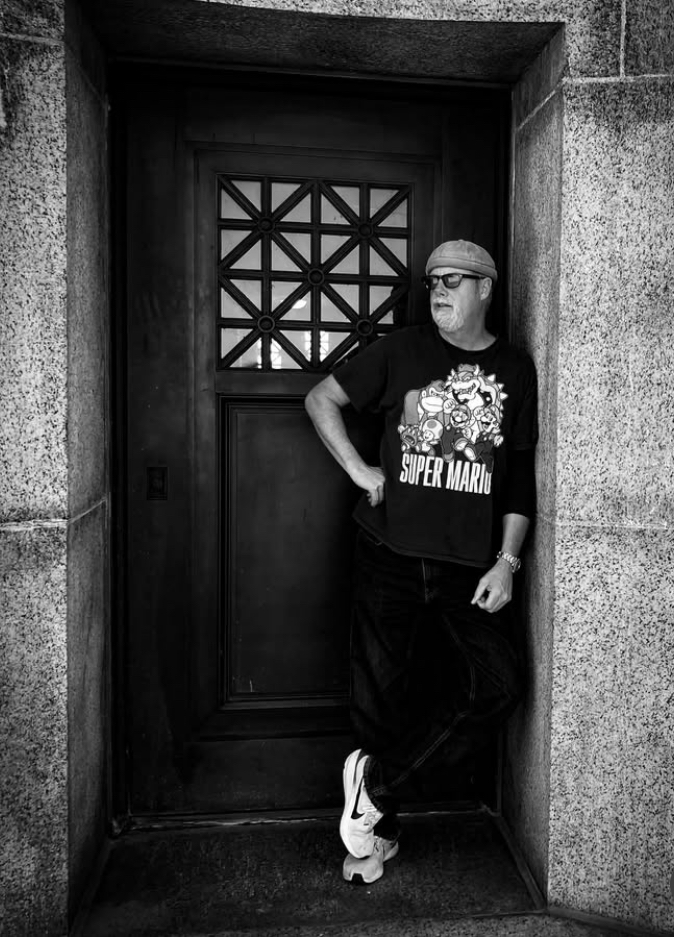
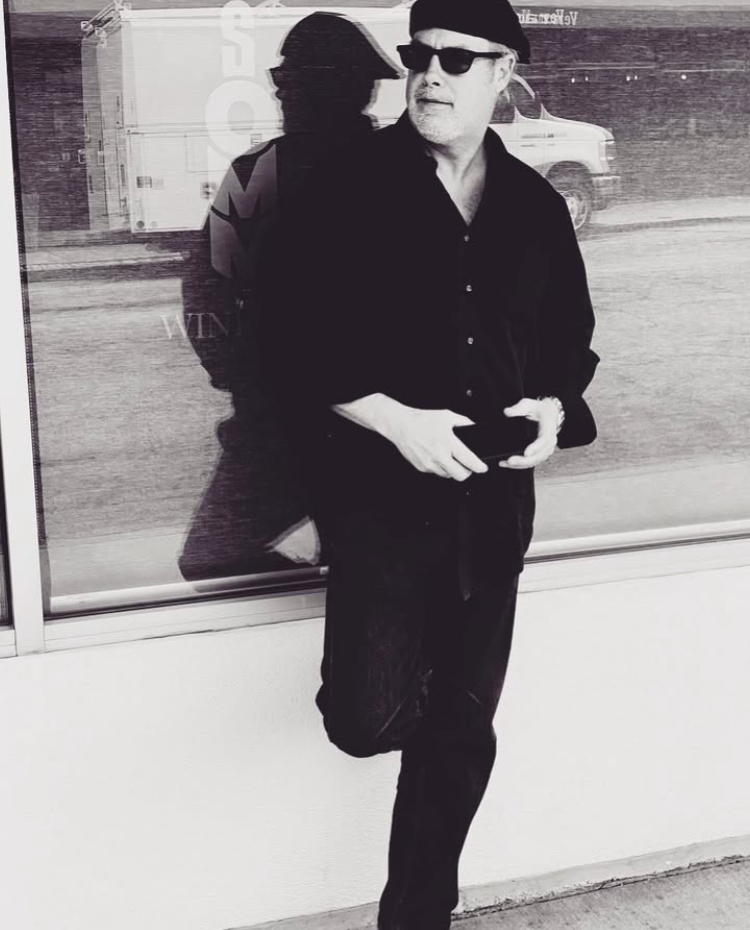
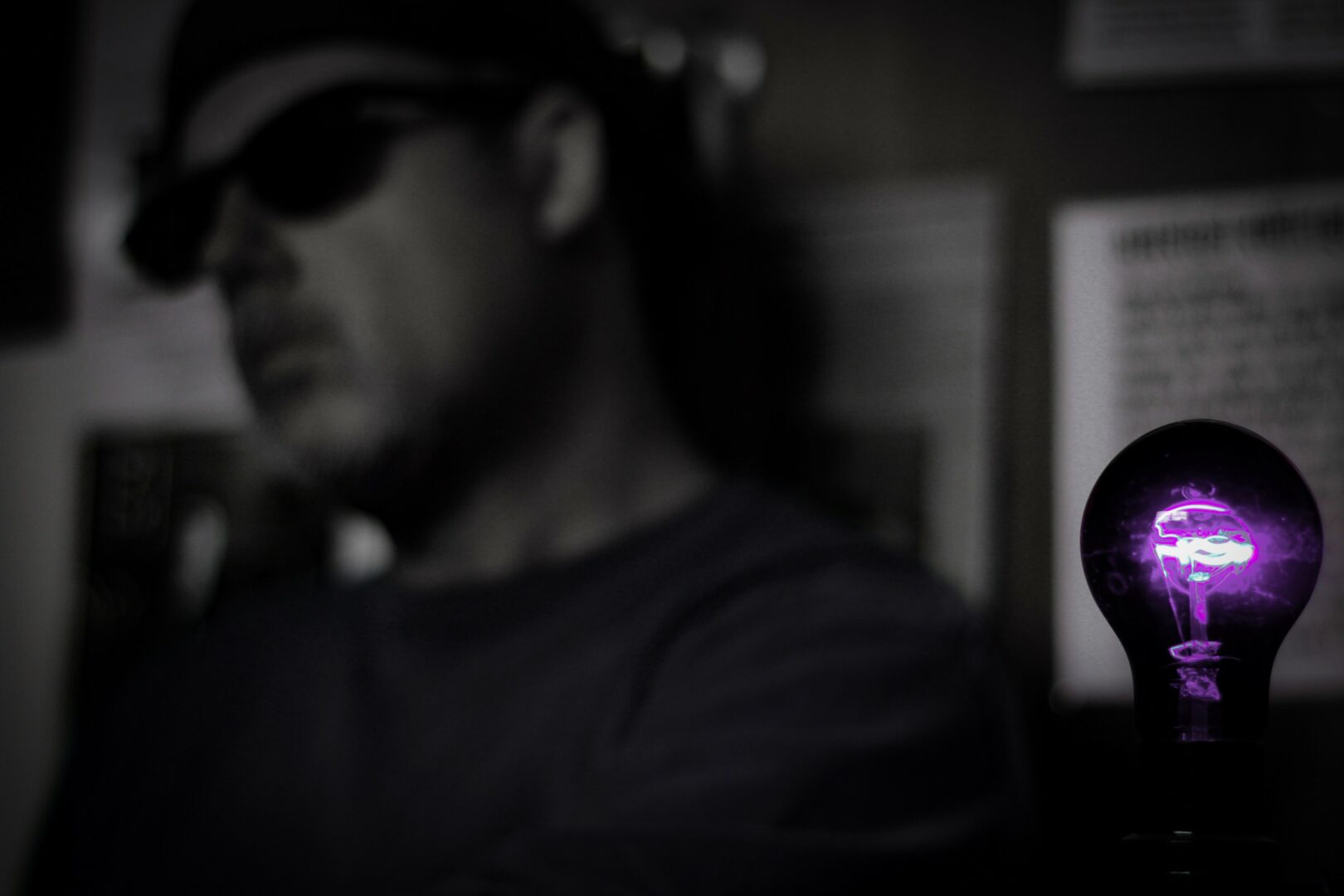
so if you or someone you know deserves recognition please let us know here.

